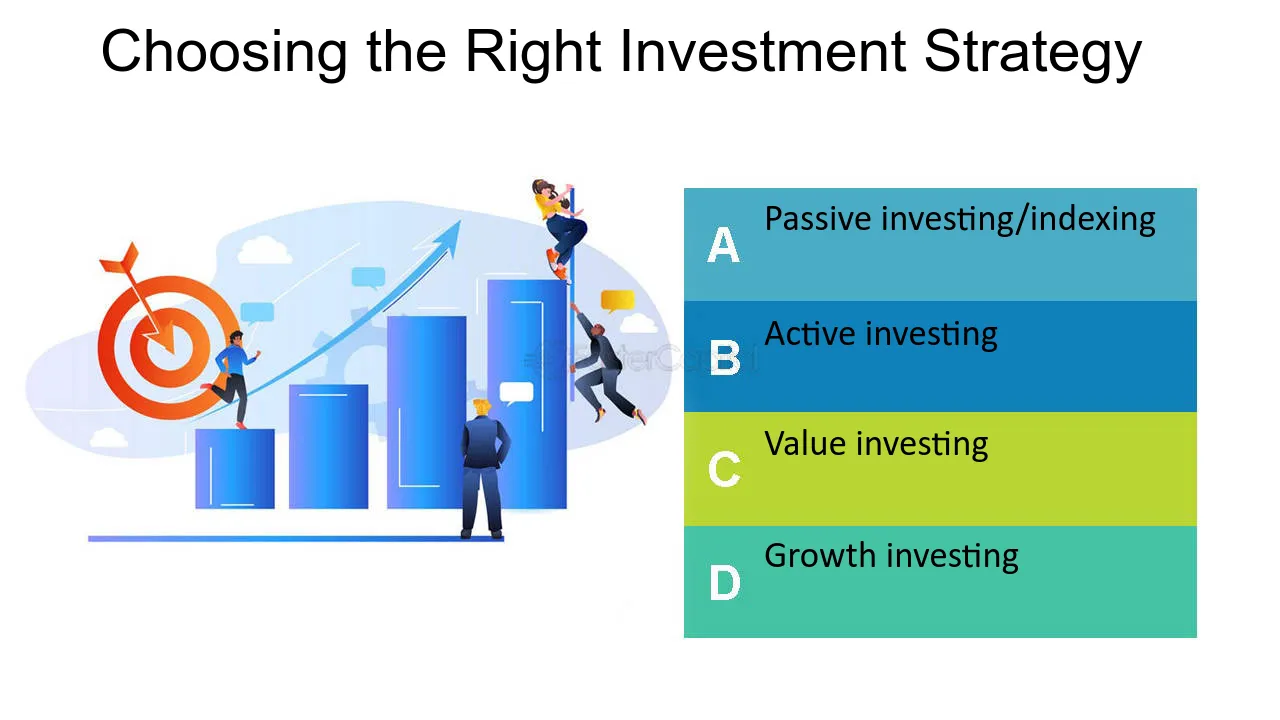Introduction to Data Analytics in Banking
Leveraging Insights for Growth
Data analytics has revolutionized the banking sector by providing valuable insights that enhance customer experiences, improve operational efficiency, and drive strategic decision-making. By analyzing vast amounts of customer data, banks can tailor services to meet individual needs, fostering loyalty and increasing revenue opportunities. This personalized approach not only boosts customer satisfaction but also opens up new avenues for cross-selling and upselling.
Enhancing Customer Experience
Personalization and Engagement
Data analytics allows banks to develop comprehensive customer profiles, enabling them to offer personalized financial products and services. By analyzing transaction history, online banking activity, and external data like social media engagement, banks can understand customer behavior and preferences on a deeper level. This holistic view helps banks provide targeted marketing campaigns, leading to higher revenue from campaigns and improved customer engagement.
Operational Efficiency and Cost Reduction
Streamlining Banking Operations
Big data analytics is a powerful tool for enhancing operational efficiency in banking. By leveraging large datasets and advanced analytics techniques, banks can streamline key processes, reduce costs, and improve overall performance. For instance, analyzing foot traffic patterns and transaction volumes helps banks optimize branch networks and staffing levels, leading to significant cost savings. Additionally, predictive analytics can automate decision-making processes, such as loan approvals, reducing manual labor costs and eliminating human error.
Risk Management and Fraud Detection
Safeguarding Transactions
Data analytics plays a crucial role in risk management by identifying and mitigating risks. Banks employ anomaly detection algorithms to identify unusual transaction patterns, which can be indicative of fraud. Real-time fraud detection systems act like an immune system for financial transactions, identifying and stopping suspicious activities before they can cause harm. This proactive approach not only protects customers but also saves banks from potential losses.
Regulatory Compliance and Governance
Data-Driven Decision Making
Banks must adhere to numerous regulations and compliance standards. Data analytics simplifies regulatory compliance by automating data reporting and monitoring processes. By integrating business analytics into daily operations, banking executives can make more precise decisions based on current market conditions while keeping track of regulatory requirements. This direct visibility helps identify opportunities and challenges, leading to better revenue forecasts and sharper focus on profit drivers.
The Future of Digital Banking
Embracing Data Analytics for Success
In conclusion, data analytics is a transformative force in the banking sector, offering numerous benefits that enhance customer experiences, operational efficiency, and risk management. As the financial services landscape continues to evolve, embracing data analytics will be crucial for banks seeking to maintain a competitive edge. By leveraging insights from data analytics, banks can drive innovation, improve services, and ensure sustainable growth in an increasingly complex industry setting.









